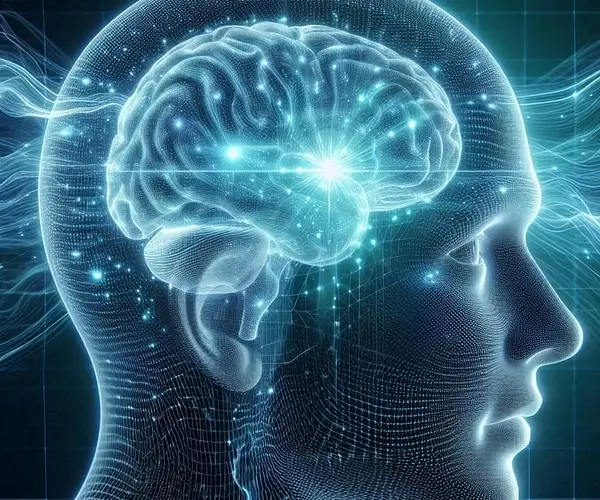Exercising releases chemicals and hormones that temporarily trigger positive feelings and emotions. But constantly getting painful headaches or migraines after your workouts can make you dread engaging in physical activity in the first place.
Exercise-induced headaches typically fall into two categories: primary or secondary headaches. Most of the time, the headaches you get after a run or a particularly strenuous weightlifting session are primary headaches, which are triggered by exercise itself. They are usually harmless and can be easily treated with medication and natural pain management strategies.
Conversely, secondary headaches are caused by an underlying, sometimes serious health problem, such as a brain tumor or coronary artery disease. Secondary headaches are typically accompanied by other symptoms, such as double vision or neck stiffness, and may require emergency medical attention.
Workout headaches are very common and can happen for a variety of reasons. Here, we take a look at the four most common causes of exercise headaches and expert tips for how to avoid them.
What causes workout headaches?
Exercise headaches are pretty common among physically active individuals. For example, a study published in the Journal of Head and Face Pain looking at the prevalence of headaches among college athletes found that nearly 24% of participants had a personal history of migraine. And it’s not uncommon for people to report feeling throbbing, dull pain during or after intense or sustained exercise.

woman with headache
If you’ve just started getting workout headaches, it’s important to see your doctor to rule out any secondary causes. As a reminder, primary exercise headaches are not connected to any underlying illnesses and are pretty harmless. Secondary headaches can be triggered by any number of conditions and may call for immediate medical intervention in rare cases.
Dealing with post-workout headaches can be incredibly frustrating, especially when you’re just trying to do something good for your health. The good news is that you can learn to identify your triggers and risk factors to cut down your chances of getting another one of these skull-throbbers the next time you put on your workout shoes.
Risk factor: Overexertion
Scientists still don’t know what exactly causes primary exercise headaches. There are countless theories: overactivity within the structures of the brain associated with pain, dilation of blood vessels inside the skull, abnormal chemical activity in the brain, and many more. However, there’s evidence that pushing yourself beyond your body capacities can cause veins and arteries in the brain to expand, allowing more blood flow in and creating pressure in the skull, which causes pain.
Solution: The best way to prevent overexertion headaches is to work out within your limits and capabilities. If you’ve just started exercising, start slow. And if you’ve been working out for a while but are still getting these headaches, try easing into your routine instead of diving into a super-intense workout at once. Sometimes, taking the time to stretch before and after exercise can make a huge difference when it comes to avoiding exertion headaches.
Risk factor: Dehydration
Dehydration happens when your body loses more fluids than you take in, either through excessive sweating, diarrhea, or vomiting. It is one of the biggest culprits of post-workout headaches, which are usually characterized by severe pain on one or both sides of the head, a dull ache that worsens when you move your head or bend down, and that may appear alongside other symptoms, like nausea, vomiting, and cramps.
Solution: Drink plenty of water before, during, and after working out. Most dehydration headaches resolve within a couple of hours of getting rehydrated. If your workouts tend to be on the vigorous side, consider consuming electrolyte drinks, like coconut water or Pedialyte. These drinks replenish essential minerals lost in sweat and give your body a quick boost of hydration.

Risk factor: Breath-holding
Do you ever hold your breath while working out? It’s very common for people to unconsciously stop breathing, particularly when they’re doing something strenuous. We do it because it gives us a sensation of strength and stability since it requires us to contract and engage all our core muscles at once. However, breath-holding can increase your chances of getting a post-workout headache through several mechanisms, such as raising your blood pressure, limiting oxygen flow to the brain, and increasing intracranial pressure.
Solution: Pay close attention to your breathing when you’re working out. As a general rule of thumb, you should aim to breathe in and out through the nose while you’re performing light to moderate-intensity physical activity. As intensity ramps up, you can start breathing through the mouth. If breath-holding during exercise is a problem for you, try counting your reps out loud to make yourself inhale and exhale more rhythmically.
Risk factor: Sun and heat exposure
Some people notice an uptick in exercise headaches during the summer months when more of us work out outdoors to take advantage of the warmer weather. Unfortunately, exercising in hot or humid conditions can lead to heat-induced headaches, further exacerbated by dehydration. Heat headaches usually feel like a throbbing or stabbing sensation that worsens if you move your head or walk around.
Solution: Be mindful of the weather when you’re planning to exercise outside. In the hotter months, consider joining a gym or working out indoors, or opt for exercising early in the morning or at dusk. Also, remember to stay hydrated and to wear sunscreen to avoid sunburns. A severe sunburn can also cause headaches and trigger migraines in sensitive people.
Getting headaches from exercising is a real pain but this is not a reason to avoid exercise, which is good for general health. Instead, be mindful of the triggers surrounding your exercise routine and create a plan for preventing headaches or migraines when you exercise.


